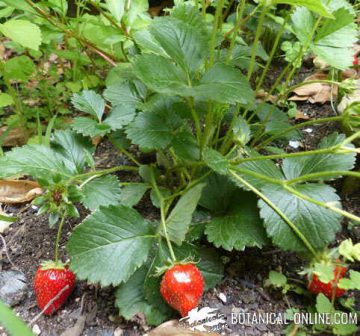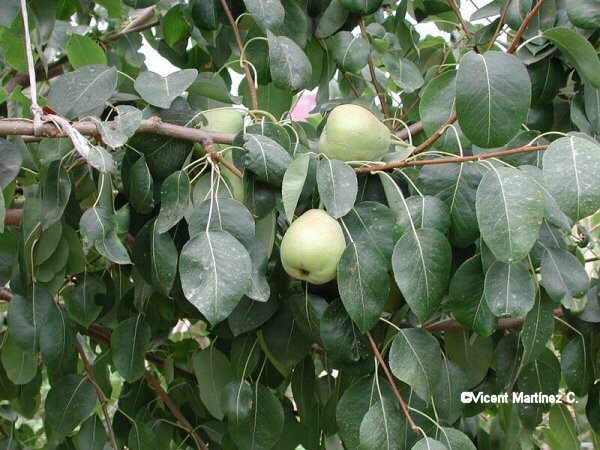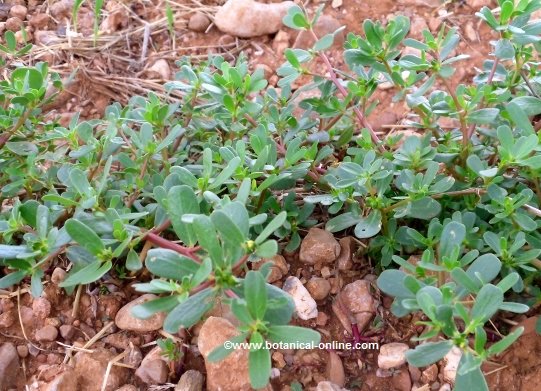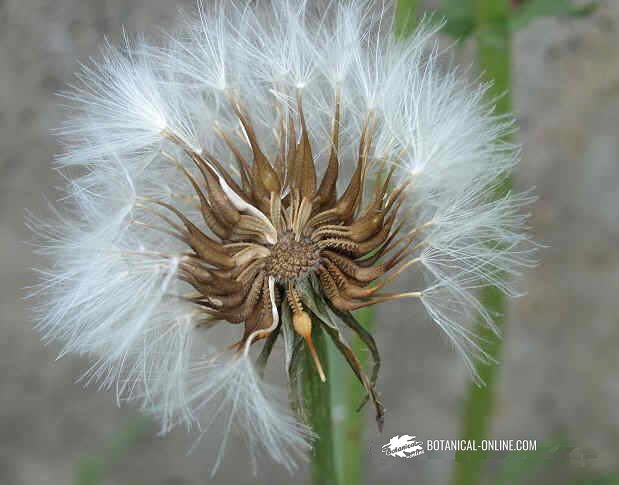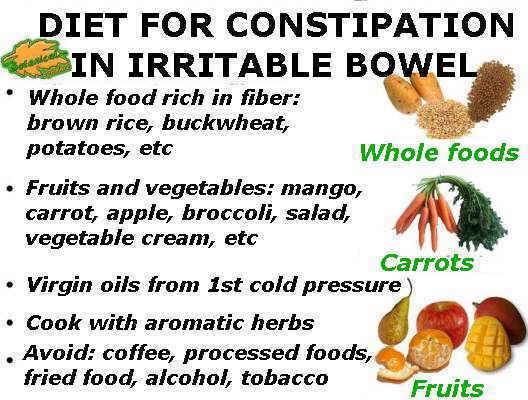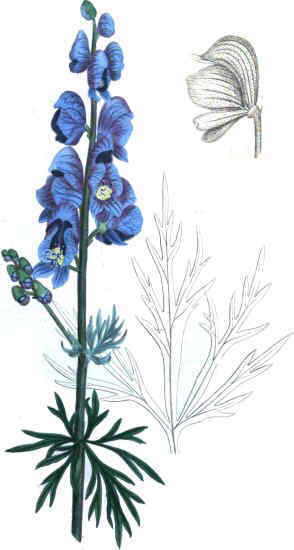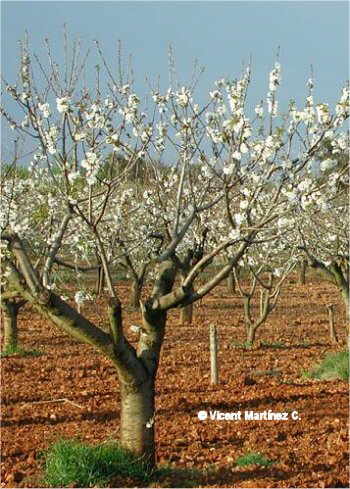Contents
Nutrition for seborrheic dermatitis
What to eat in case of seborrhea
In many cases of dermatitis, especially in atopic dermatitis or seborrheic dermatitis, food may be responsible for triggering or worsening this disease.
Knowing the proper diet for dermatitis will help us find those foods that are recommended. We can also exclude those foods that may be disapproved.
Doing this diet can prevent or improve seborrhea (oily hair) and dandruff, which are the main symptoms of this disease.
Foods to be excluded in the diet of dermatitis
Essentially these are usually foods that worsen the symptoms of this disease. Foods to avoid are:
– Milk, including skim milk and milk products or milk derivatives (cheese, yoghourt, custard, etc.)
– Eggs
Foods that should be monitored in the diet of dermatitis
These are mainly the following foods:
- Food allergens: Are those that traditionally have been associated with the occurrence of food allergies. It is important to control the reactions that produce these foods to discard them if these are negative. The main foods that can cause food allergy are:
- Seafood
- Fish
- Walnuts
- Chocolate

Strawberry plant photo - Peanuts
- Strawberries
- Tomatoes
- Citrus (Oranges, lemons, grapefruits, etc)
- Wheat
- Soy
- Sprouts
- Any food that is suspected of causing adverse reactions: To find out what food is causing the allergy we can employ the method of personnel evaluation. A simple way to do this is leaving the intake of a food if it is suspected of causing the reaction. If after a few days, adverse reactions disappear, we must re-introduce that food to see if allergy occurs again. We should never eat the suspected food alone, but mixed with other foods.
Sometimes foods causing allergies are harder to detect because food allergy is produced by combination of several items at once.
The best option to check what foods to eat and what foods you can not eat is to take a “few food exclusion diet “. This consists on discarding all the foods that could be considered to generally produce food allergies. Later, they are progressively introduced one by one to test if they are well tolerated. This type of diet should be medically checked. It usually lasts about six weeks. Once it is found which foods on this diet are not harmful, you can gradually add new foods to supplement it.
You should keep in mind that if a certain food produces a food allergy, the same reaction generally occurs with all the foods belonging to the same family. That is to say, if garlic is responsible, so is the onion since they both belong to the same family, the lily family.
Suggested food diet for dermatitis
Among the most recommended foods for the person with dermatitis we will include the following:
- Foods rich in vitamin A: Vitamin A helps keep skin in good condition and can be useful in treating anomalies that affect it: eczema, acne, psoriasis, dry skin, oily skin, herpes, cuts, wounds, burns, baldness, etc.A deficiency of this vitamin results in the individual a dry, scaly skin or bad teeth.
Vitamin A appears in plant foods as carotenoids. Foods rich in this component include the following: carrots, chard, spinach, watercress, borage, pumpkin, tomatoes, asparagus, dandelion, peppers, watermelons, melons, brussels sprouts, bananas, apples, plums, mangoes or beans.
- Foods rich in vitamin E: For its antioxidant properties, vitamin E can help improve skin condition or prevent the onset of anomalies. Edible fats are foods rich in vitamin E. Moreover, it is suspected that a low fat intake may trigger dermatitis. Vegetable fats intake, like olive oil, on the contrary, will be a very interesting way to prevent it.
- Foods rich in vitamin C: Vitamin C is a powerful antioxidant that helps prevent or improve skin conditions such as psoriasis, eczema, etc.Most fruits and vegetables are rich in vitamin C.
- Foods rich in vitamin B: vitamin B deficiencies can cause dermatitis. In this sense, it has been shown that foods rich in B vitamins, especially biotin (Vitamin B7), help improve this condition. Chemical analysis of patients suffering from seborrheic dermatitis show that in many cases there are deficiencies of this vitamin.
Among the richest foods in this vitamin, we can consider whole grains (rice, wheat, oats, etc) legumes (soy, peas, lentils, dried beans, etc.) or nuts. Since some of these foods may be counterproductive, possible individual reactions will be monitored to discard them in case it occurs.
- Foods rich in proteins: Some studies relate the onset of seborrheic dermatitis with a poor intake of protein. Legumes and nuts are a source of vegetable protein. Germinated legumes should be avoided and some legumes, like soy, may cause allergies, so each one of them should have to be assessed to test personal reactions.
Something similar can be said of nuts. Some of them, like peanuts and walnuts, are many times responsible for adverse reactions.
For non-vegetarians, rabbit meat, turkey or lamb is recommended as the best source of non-allergic animal protein
Note: Many nutritionists recommend drinking a daily glass of vegetable juice plants combining ingredients rich in vitamins and depurative components like beets, carrots, parsley, apple, cucumber, grapes, spinach, lettuce or celery.
![]() More information about seborrheic dermatitis and its natural treatment.
More information about seborrheic dermatitis and its natural treatment.

